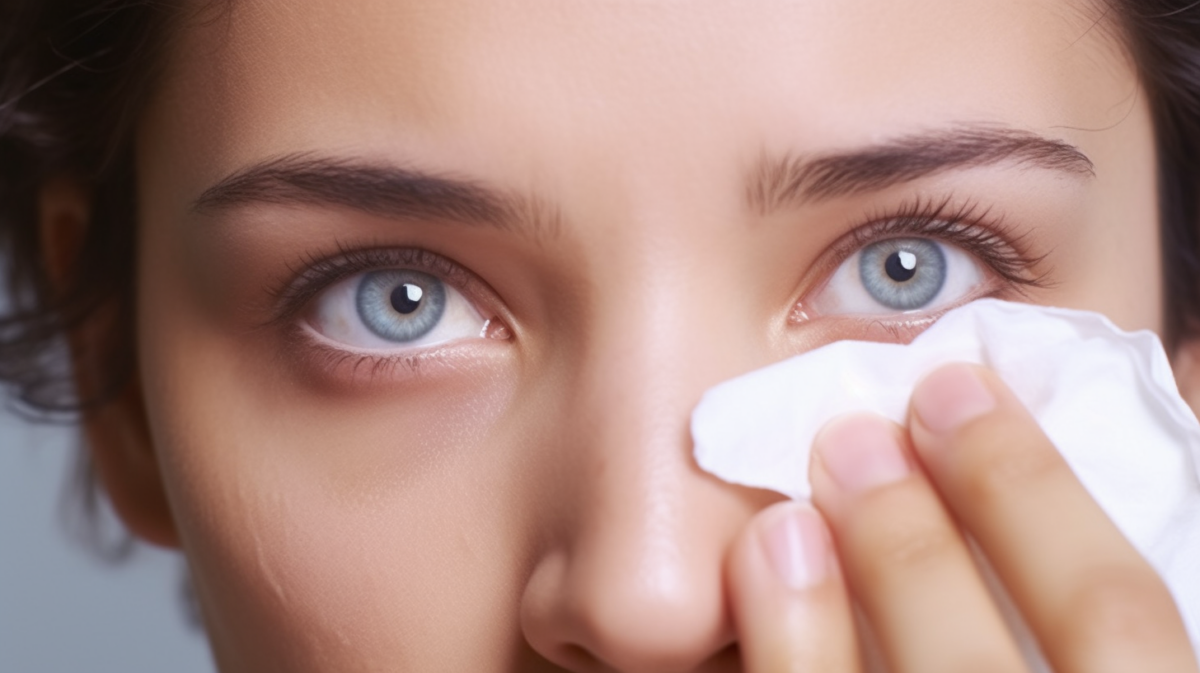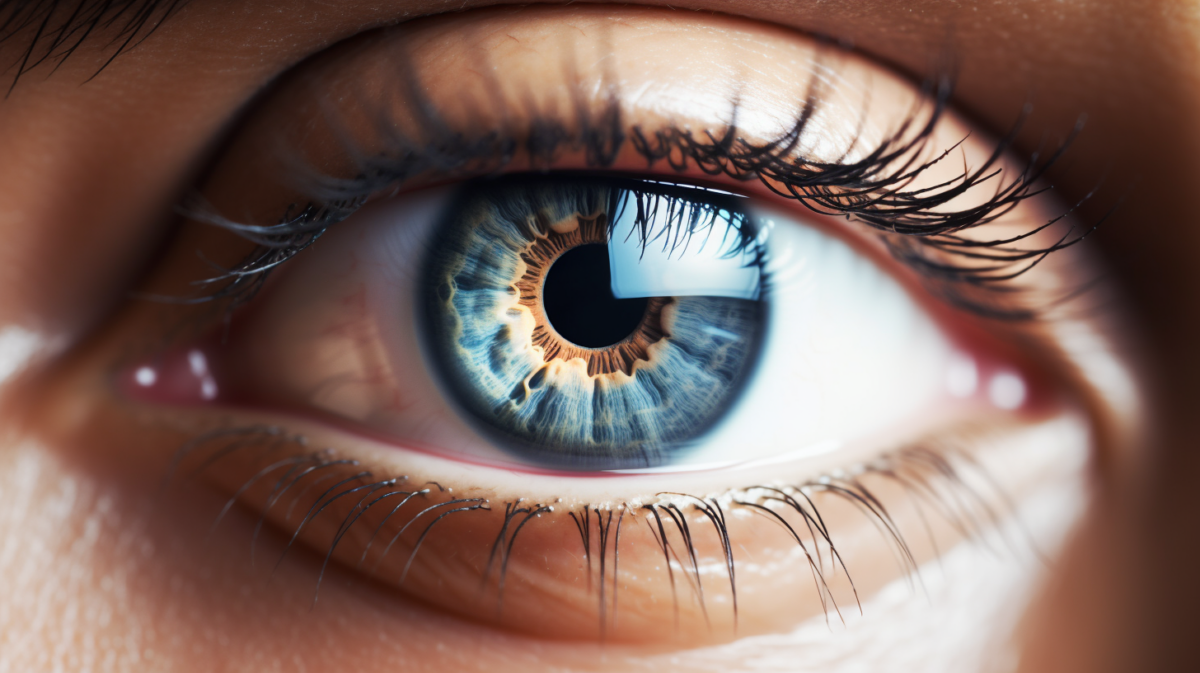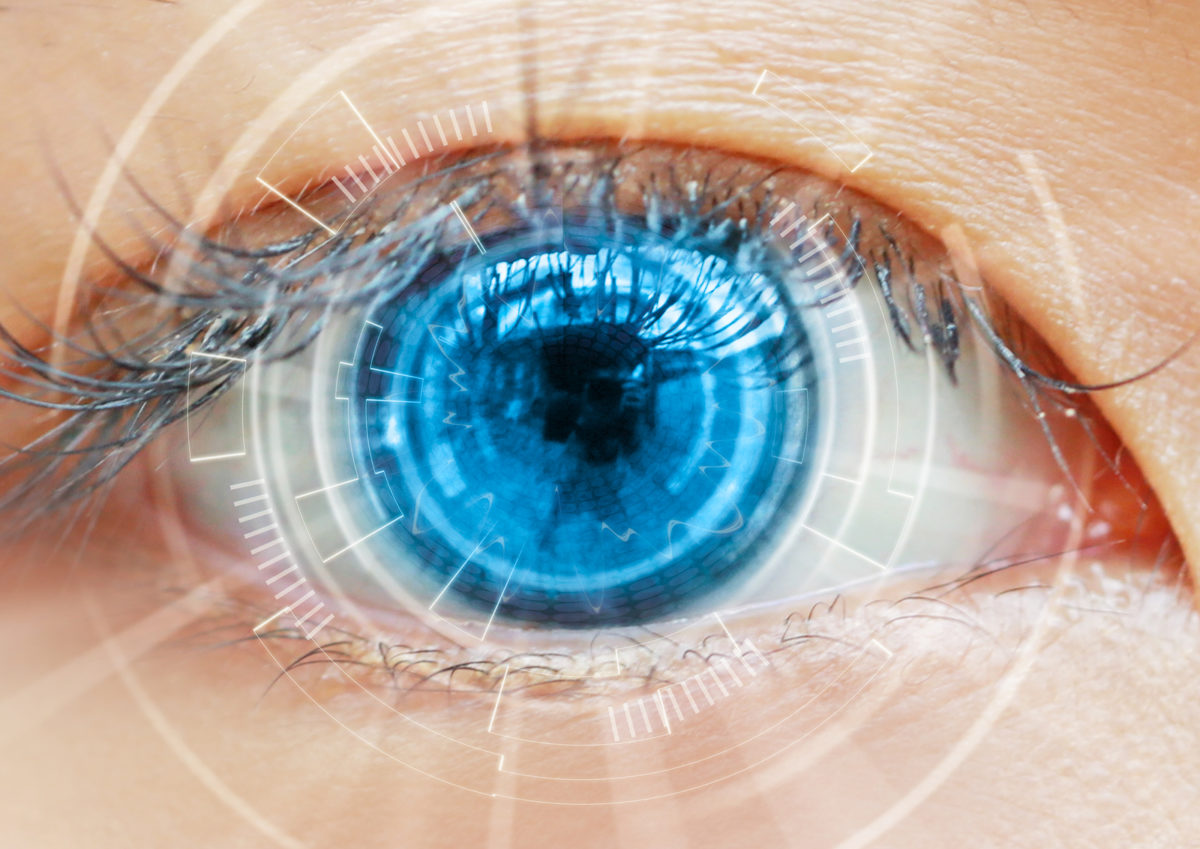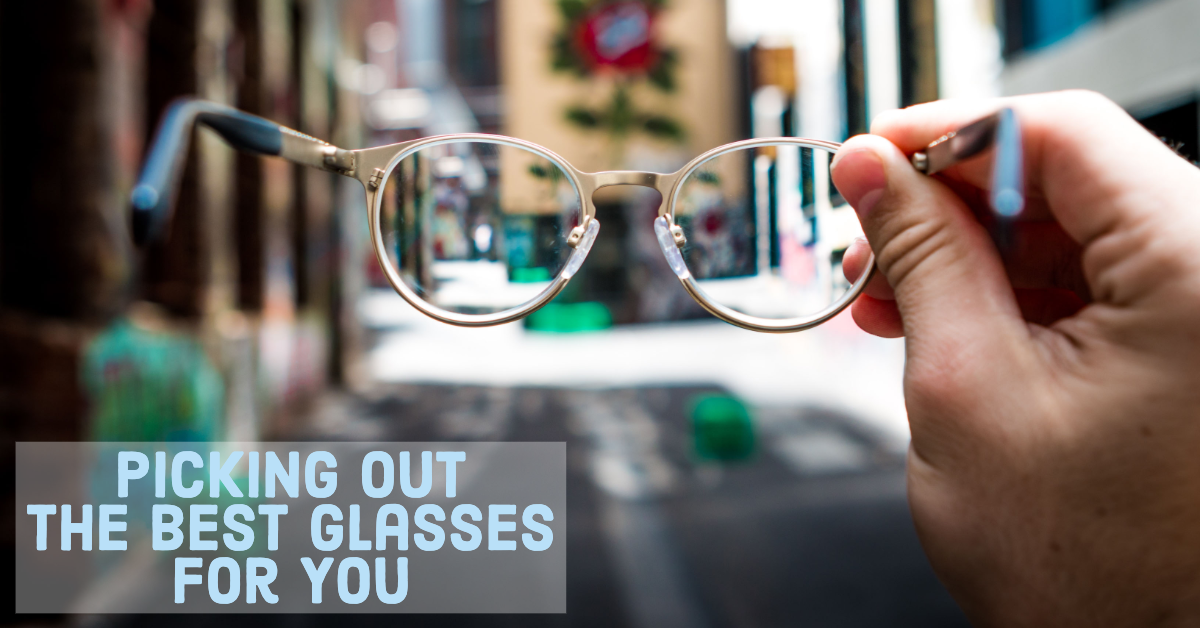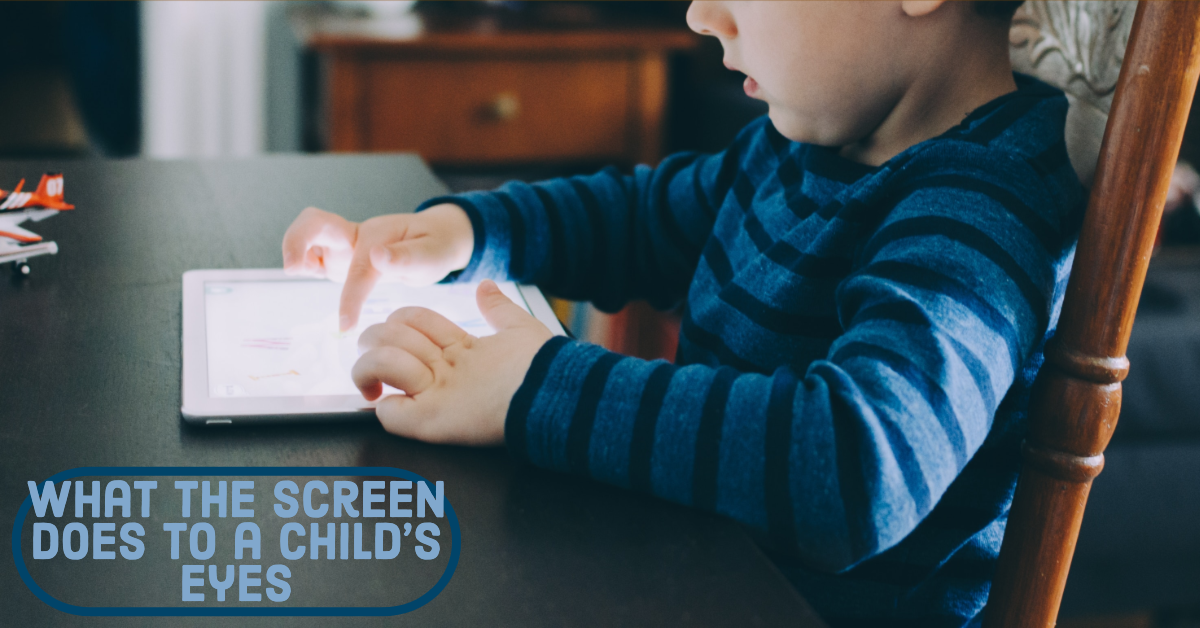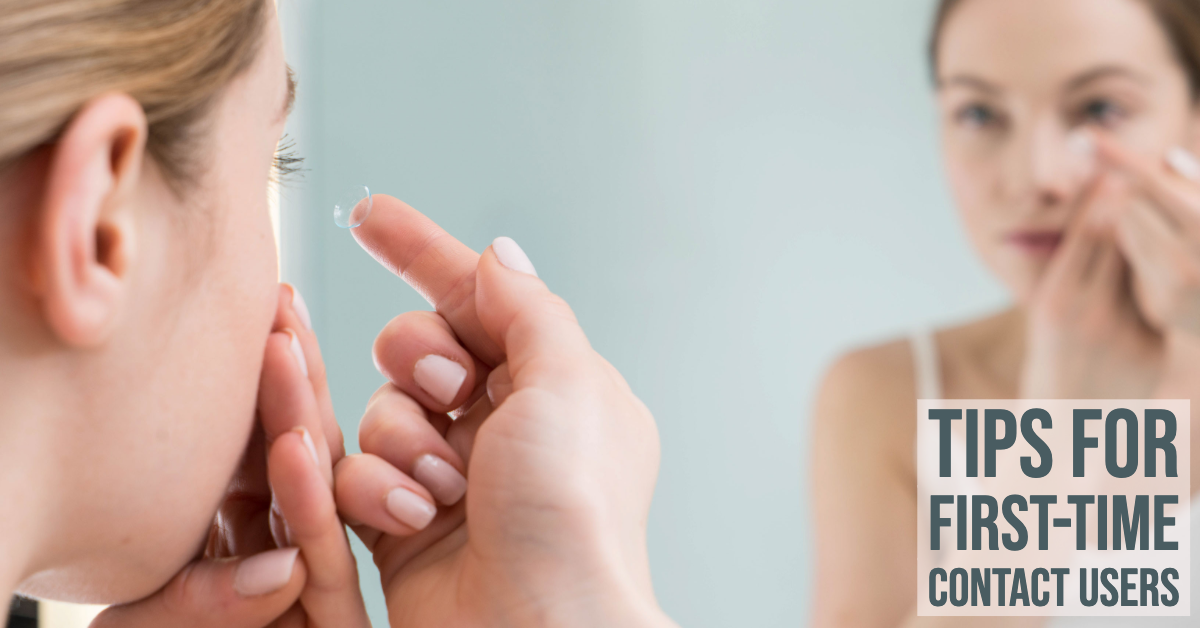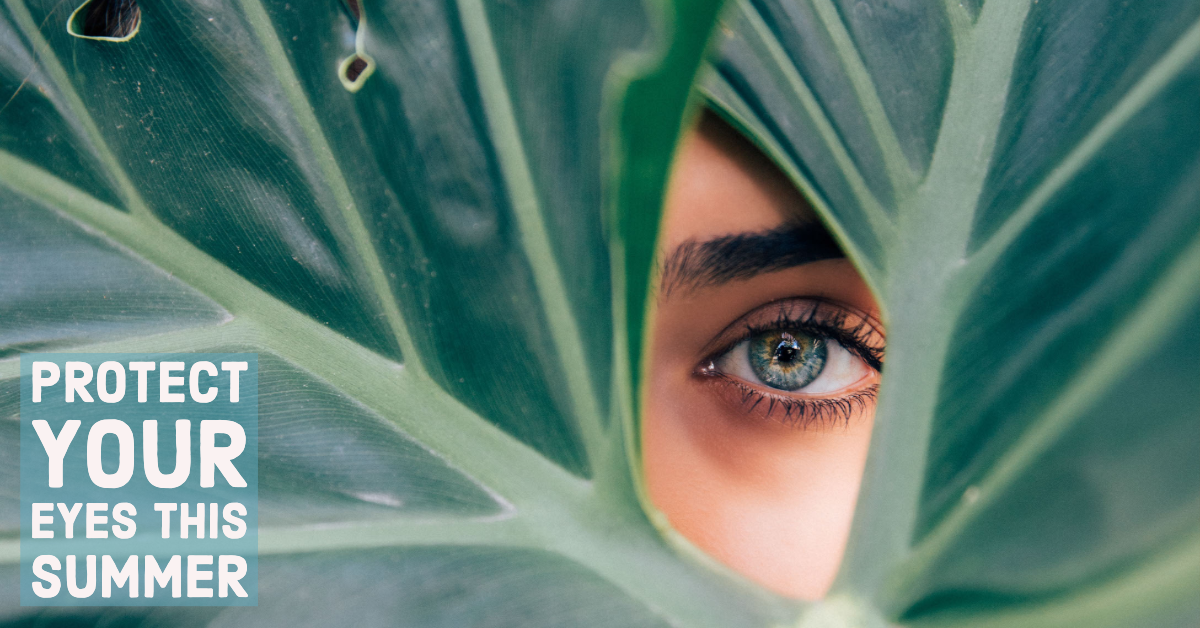The average person blinks between 15 and 20 times per minute, or 14,400 to 19,200 times per day. Most people don’t notice the blinking unless there’s pain involved.
Dry Eye Syndrome is one of the primary reasons people visit an eye doctor. It can cause discomfort, especially for those who experience moderate to severe symptoms. Fortunately, relief is available.
Causes
Aging is the single most common cause of Dry Eye, but patients usually have a variety of contributing reasons. While Dry Eye affects both men and women, post-menopausal women are affected more often. Hormone changes during and following pregnancy may also lead to Dry Eye. There are other causes of Dry Eye, such as:
- Contact lenses
- Dry environment indoors/low humidity
- Lack of hydration (not consuming enough water, especially in dry weather)
- Insufficient blinking while looking at a computer screen or during reading
- Smoking or second-hand smoke
- Medications:
- Antidepressants
- Antihistamines
- Birth Control Pills
- Blood Pressure Medications
- Certain Heart Medications
- Diuretics
- Tranquilizers
- Ulcer Medications
Some illnesses may also cause Dry Eye, such as:
- Diabetes
- Lupus
- Scleroderma
- Grave’s Disease
- Sjogren’s syndrome, an immune system disorder that’s characterized by both Dry Eye and dry mouth
- Rheumatoid Arthritis
- Rosacea
An eye doctor can help pinpoint the cause to offer an appropriate treatment.
Symptoms
Common symptoms of Dry Eye include the feeling of dryness, grittiness, or a burning feeling in the eyes. Redness, excessive tearing, and the presence of mucus that can cause the eyes to feel sealed shut upon waking up are also experienced. This may lead to blurred vision. A patient may also experience the feeling of a foreign body in the eye or experience eye strain. Additional symptoms include Itching and sensitivity to light. Symptoms generally tend to worsen as the day progresses.
While an ophthalmologist can diagnose Dry Eye based on symptoms, many will also use additional diagnostics, such as dyes, testing that measures tear production, and evaluating the constitution of the tear film to validate a diagnosis. These diagnostics can also eliminate other conditions that have similar symptoms, such as conjunctivitis.
Treating Dry Eye–Options
Left untreated, Dry Eye Syndrome can lead to damage to tissues and scarring of the cornea. In severe cases, blindness could result. The good news is that there are treatments available for Dry Eye Syndrome that can offer relief.
- Artificial tears are available over the counter and by prescription. These drops supplement the natural tears that the eye produces and add missing moisture.
- Ointments are available that are thicker versions of artificial tears; use these at night
- Include emollient eye drops like Endura or Soothe to stabilize the lipid layer in the tears
- A humidifier can help add moisture to a dry environment
- Blink more when reading on your phone or using a computer
- Staying hydrated with plenty of water can help the eyes produce tears naturally
- Stop smoking (if applicable)
- Include dietary omega-3 fatty acids, such as 1000mg molecularly distilled fish oil oral soft gels to boost the oily part of tear film and prevent evaporation
- Prescriptions such as Restasis and Xiidra can also improve tear production by reducing inflammation in the ocular surface, letting the tear glands produce on their own
- Assess contributing medical conditions, and possible adjustments to medications to alleviate drug-related Dry Eye
- Puctal tear plugs prevent tears from draining off faster, keeping them in the eye longer.
Discuss your symptoms and possible treatments with Northwest Eye’s ophthalmologists to determine suitable options for treatment. While there isn’t necessarily a cure for Dry Eye, available treatment options can offer relief, alleviate symptoms, and prevent worsening.
Northwest Eye Surgeons Can Help With Dry Eye Syndrome
With two locations in Columbus and New Albany, Northwest Eye Surgeons can help you with Dry Eye and other issues. Our ophthalmologists are available by appointment to find the right treatments to alleviate your symptoms. Contact our office today to make an appointment with one of our experienced eye doctors.

